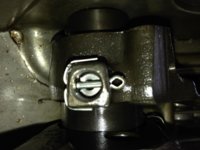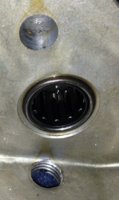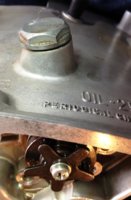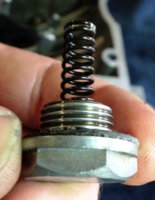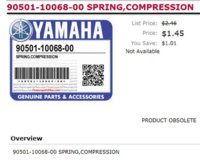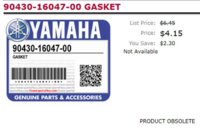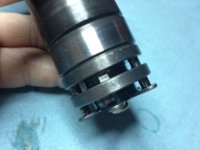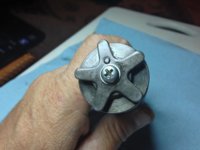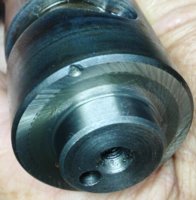YL82
Perpetual Restorationist
As I disassemble engine components (with the exception of the crankshaft which I just plan to degrease) such as the transmission shafts, starter motor gear parts, shifting mechanism, etc, I've got the following questions:
Transmission Bearings: I have completely taken apart the gears, etc. from both the Main Axle and Drive Axle. When are these bearings replaced? Only when there's a known problem? Are certain transmission bearings more prone to failure than others? I'm not aware of any issues with my bearings.
Selector (Gear) Mechanism: Any issues or concerns with complete disassembly? Any particular parts that tend to wear that one should replace (beyond cotter pins & springs)? Do I need to take note of the position of any specific parts prior to taking apart? Can these parts be degreased/cleaned well enough without removing from upper crankcase half?
Degreaser recommendations?
Is it OK to pressure-wash (3100 psi) the cases?
Transmission Bearings: I have completely taken apart the gears, etc. from both the Main Axle and Drive Axle. When are these bearings replaced? Only when there's a known problem? Are certain transmission bearings more prone to failure than others? I'm not aware of any issues with my bearings.
Selector (Gear) Mechanism: Any issues or concerns with complete disassembly? Any particular parts that tend to wear that one should replace (beyond cotter pins & springs)? Do I need to take note of the position of any specific parts prior to taking apart? Can these parts be degreased/cleaned well enough without removing from upper crankcase half?
Degreaser recommendations?
Is it OK to pressure-wash (3100 psi) the cases?
Last edited:


